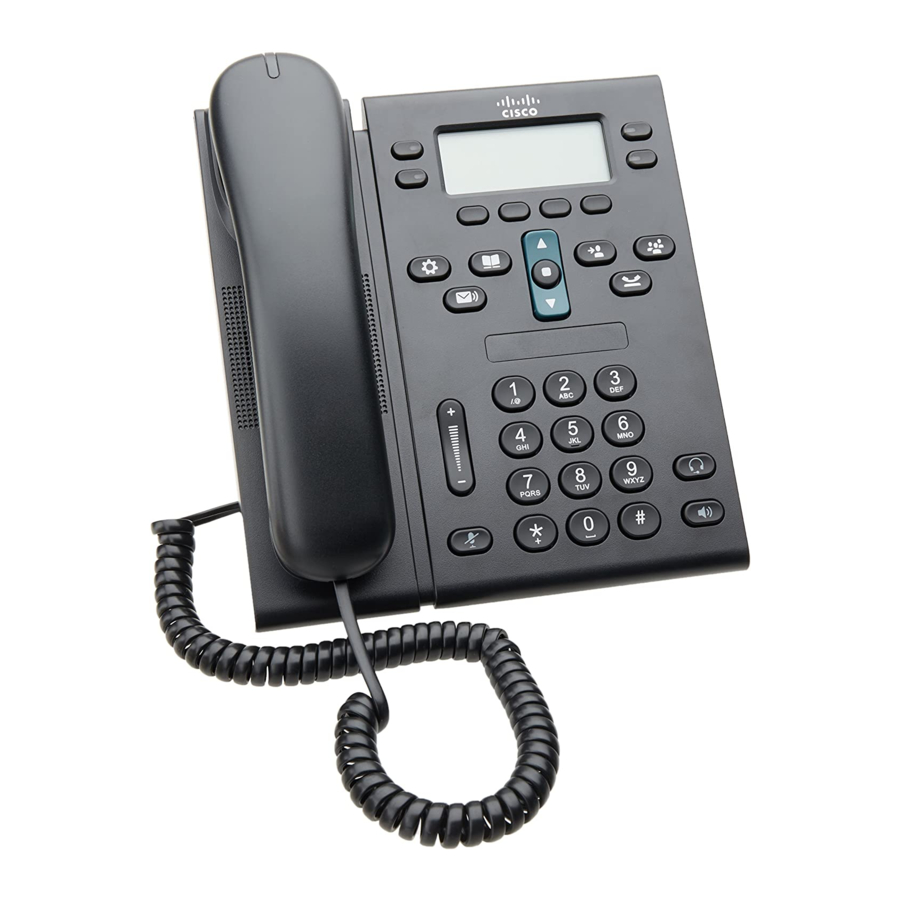Cisco 6945 Series Руководство по администрированию - Страница 7
Просмотреть онлайн или скачать pdf Руководство по администрированию для IP-телефон Cisco 6945 Series. Cisco 6945 Series 14 страниц. 6900 series
Также для Cisco 6945 Series: Информационный лист (5 страниц), Краткая справка (2 страниц), Информация о выпуске (18 страниц), Руководство пользователя (10 страниц), Руководство пользователя (38 страниц), Руководство пользователя (8 страниц), Руководство по настройке (16 страниц), Характеристики (29 страниц), Краткое руководство по эксплуатации (2 страниц), Быстрая установка и руководство пользователя (12 страниц), Краткое руководство пользователя (2 страниц), Руководство (2 страниц), Инструкции (3 страниц), Краткое руководство по эксплуатации (2 страниц), Характеристики Руководство (4 страниц), Руководство пользователя (34 страниц), Руководство по быстрой установке (12 страниц), Краткое справочное руководство (2 страниц)

